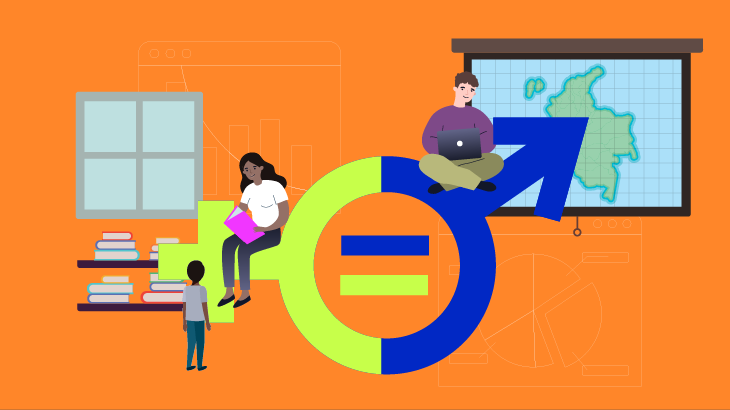
The most recent
Abstract
In recent decades, Colombia has made progress in reducing gender gaps in educational coverage, but inequalities in academic performance between boys and girls persist. This study analyzes these gaps during the period 2014–2023, employing an econometric approach based on the methodologies of Heckman (1979) and Arellano and Bonhomme (2017), as well as two matching methodologies proposed by Iacus, King, and Porro (2011) and Abadie and Imbens (2006; 2011). The analysis uses longitudinal data from students who took academic performance tests in 5th grade (Saber 5°) and 11th grade (Saber 11°), allowing control for variables such as prior performance, socioeconomic conditions, school characteristics, educational environment, and disabilities. The results indicate that, in 2023, boys outperform girls in mathematics and natural sciences at the end of 11th grade, even after controlling for various factors. However, these differences are not fully explained by the observed variables, suggesting the influence of unobservable factors such as social norms, gender stereotypes, and risk aversion, among others. This analysis underscores the need for public policies that address inequalities in the educational system, given the impact of academic performance on women’s future opportunities.
Gender gaps in academic performance limit educational and professional opportunities for women, perpetuating social and economic inequalities. It is crucial to implement inclusive and targeted public policies that reduce these disparities and promote greater opportunities for women in the future.



